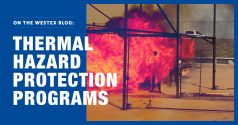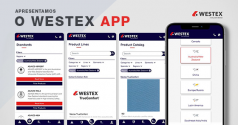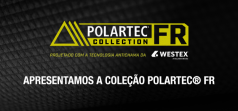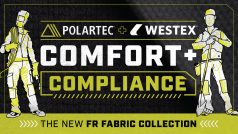For more than 70 years, we have made leading innovative flame-resistant (FR), arc-rated (AR) fabrics that serve a variety of industrial and technical industries. We engineer our fabrics from the inside out to guarantee their flame-resistant properties for the life of the garment—where many competing fabrics cannot make the same claim.
By now, you know how much we stress sourcing the FR/AR fabric used in your daily wear or PPE garments. It’s important to know who makes the fabric, how the fabric performs in a battery of industry tests and, most importantly, how it performs on the job. It’s not enough to simply know it’s NFPA® 2112-certified or if it provides Category 2 protection according to NFPA® 70E, for example; you need to know and trust in the fabric brand itself.
We are firm believers in this approach for one simple reason—it’s what’s right for our customers and end users.










